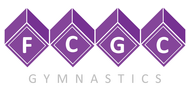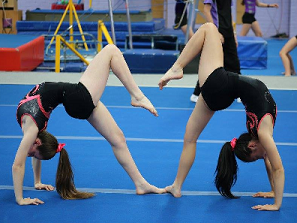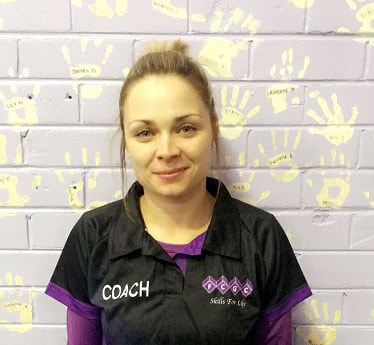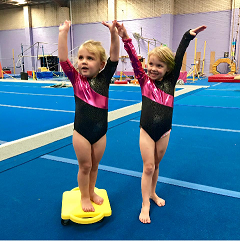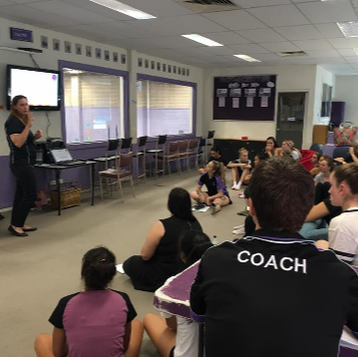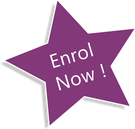|
We have asked our fantastic Alison to write a blog post for you all today! Communication. We all use it. Either verbally, digitally or visually. Yet how often do we stop to think about the words we use to communicate? Communication by its definition is: “The imparting or exchanging of information by speaking, writing, or using some other medium” – English Oxford Living Dictionaries. With the introduction of computers, the internet & mobile phones have provided us with many more opportunities to obtain and share information than there once was. Regardless of the method we use, the way we communicate our information can positively or negatively impact our daily relations both personally or in the Gym. With face to face communication, factors such as the way we listen, how we use our voice and body language can influence whether our communication interactions are positive or negative. Positive communication experiences enhance our sharing of ideas and enables us to be open to others views and challenge opinions. This in turn allows the acceptance and development of ideas, as well as the introduction and or growth of new ideas, work practices and lifestyle choices. Listening is an important part of communication! Receiving the information is just as important as sending it. Showing that you are actively listening by asking questions, offering suggestions and being open to others opinions keeps everyone engaged in the topic. We can practice active listening by waiting for others to finish speaking and by paraphrasing what has been said. This helps to clarify what has been heard and understood. Body language including position of arms, eye contact, facial expressions and the way we stand can impact the way we communicate. To enhance open and equal communication, we should practice being relaxed with a calm voice, an open body (arms not crossed), facing the person and maintaining eye contact. Listening and body language are just some tools that we can practice to support positive communication to promote open discussion, respect and support. By practicing positive communications and sharing these methods helps us to grow in our ideas and be open to change and development... both personally or in the Gym! Here is a Positive Language Exercise you might like to try: What did you think of today's blog post? Let us know in the comments below.
44 Comments
-Yes, you did read that correctly. It’s also entirely accurate. However, we don’t sit your little gymnasts down in the gym with a large text book on The Laws of Physics and ask them to “turn to page 203”. Instead we are using Physical Sciences and Bio-mechanics to help teach your gymnast every time they do a roll, tumble, cartwheel, somersault or bar skill. Or maybe I should say, they are teaching themselves to be Physicists. This is likely something that has never crossed your mind before, so let’s break it all down so we can understand together how and why Gymnastics is teaching your gymnasts Physics. Let’s introduce you to some very close friends of a Gymnast: Velocity, Rotation, Momentum and Mass. These aspects of Physics are the driving forces behind everything you see in Gymnastics. Expecting a gymnast to remember all the technical terms or being able to explain them isn’t crucial. However, without their knowing, they are learning to understand how they are applied to their actions and motion any time they do literally anything. Every time they walk, they are learning how to adjust their Center of Mass. Whenever they run and must suddenly stop, they are making tiny corrections from their heads down to their toes that will affect their Center of Mass and Velocity. In Gymnastics it is the same techniques but applied on a much bigger scale. As we all are aware, there are many apparatus’s and skills involved in Gymnastics and they all require a particular formula to be applied to get the desired result. For example, when a Gymnast leaves the mat they have applied an angular momentum from their push-off. Once they have left the mat, the momentum cannot be changed. However, the Gymnast may be required to change the speed of their rotation while moving through the air. Ok sounds simple enough, right? But how can they alter the speed of their rotation without pushing off an object? Simple. They can achieve this by changing their Centre of Mass from the axis of rotation. The Angular Momentum can be increased or decreased by compressing or expanding the distance between the Mass and the Axis of Rotation. What I am REALLY saying is, the tighter the gymnast tucks… the faster they will rotate. It might all seem a bit much and daunting, but that's ok! Our bodies are wonderful machines that can learn, adapt and apply these physics almost instantaneously. Here is an informative video by Stephanie McGregor who is a Bio-engineering Major as well as a College Gymnast. It is a fun video to watch, that will help to explain things a little further while demonstrating some very impressive Gymnastics Skills: What did you think of today’s blog? Did you learn anything new?
|
Archives
February 2021
Categories
All
|
|
EMAIL
[email protected] |
